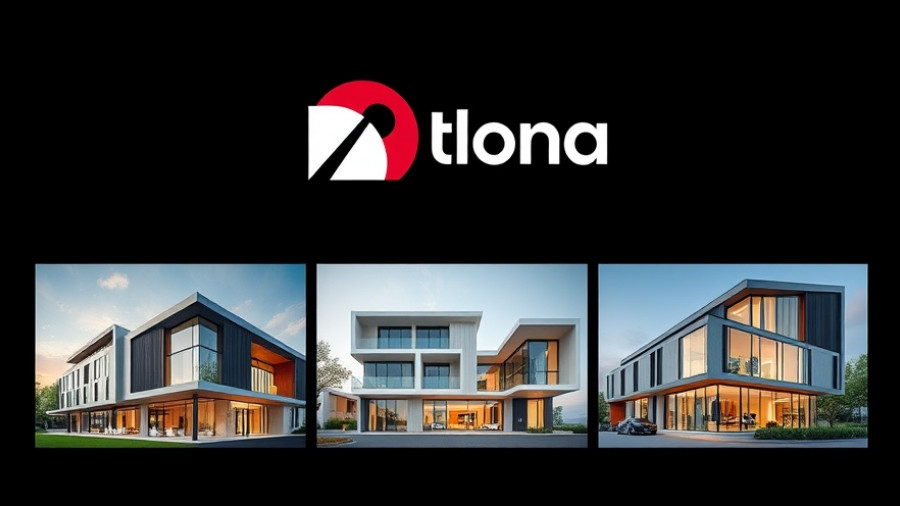
Understanding Dust Hazards in Commercial Spaces
In the bustling world of commercial development, safety is paramount. Business owners, property developers, and facility managers must contend with various hazards, and one of the most insidious is dust, particularly in environments where it can lead to explosions. The key to effective management is recognizing the potential risks associated with dust accumulation and understanding how it can be mitigated through practical applications.
The Science Behind Dust Explosions
Dust is not just a nuisance; it is a collection of fine particles that can be ignited, resulting in catastrophic explosions. Common in industries like woodworking, metalworking, food processing, and chemical manufacturing, dust presents a unique danger. Ignition sources can come from machinery sparking, static electricity, or even friction. According to safety experts, the finer the dust particles, the more hazardous they are, as they can remain airborne longer, increasing the risk of ignition.
Practical Strategies for Dust Management
Implementing an effective dust management program involves several critical strategies:
- Regular Maintenance: Routine cleaning and maintenance of machinery and workspaces minimize dust accumulation. Installing vacuum systems or using floor sweeps ensures that dust particles are captured before they become a hazard.
- Proper Ventilation: Enhancing airflow within a space reduces the concentration of combustible dust. Businesses should invest in appropriate ventilation systems that can filter and remove contaminants safely.
- Employee Training: Educating employees about the risks associated with dust and how to manage them plays a crucial role in maintaining safety standards. Regular training sessions can equip the workforce with the knowledge of correct procedures.
The Benefits of Being Proactive
Investing in dust hazard mitigation not only protects employees but also improves the overall functionality of a workspace. By decreasing the likelihood of accidents, businesses can lower insurance costs, avoid fines from regulatory bodies, and maintain productivity. The enhanced safety environment can lead to better morale among workers, establishing a culture of care and responsibility.
Future Trends in Dust Management
Looking toward the future, technology will play a significant role in the development of smart dust management solutions. Innovations in IoT (Internet of Things) will enable real-time monitoring of dust accumulation, alerting facility managers before hazards escalate. Advanced materials that resist accumulation or are easier to clean may also emerge, providing new avenues to enhance safety.
Conclusion: Why This Matters
For business owners and property developers, recognizing and addressing dust hazards is not merely a regulatory requirement; it’s an essential aspect of creating a safe working environment. As we continue to advance in technology and understanding, embracing proactive measures can lead to safer commercial spaces and better business outcomes.
 Add Row
Add Row  Add
Add 




Write A Comment